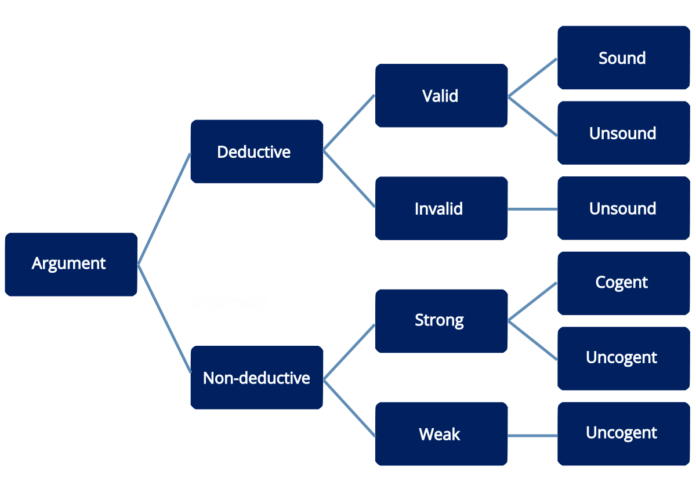What Is Data Selection?
Data selection is the process of determining the categories of data and sources that are deemed necessary for data collection. It is crucial for minimizing bias in research.
Depending on the discipline, samples can be drawn from human or animal populations, laboratory specimens, observations, or historical documents. The goal is to select a sample that represents the entire data universe of interest. In this article, we will discuss every point of Which of The Following Statements is True Concerning Data Selection ?
Also Read: emi jay hair clip
It is a process
Data selection is the process of selecting data relevant to an analysis task. It may involve data transformation and consolidation. This process is often required before the actual data analysis is performed.
The most important aspect of the selection process is the quality of the data that is used for analysis. Choosing poor quality data may result in a negative impact on performance of the final product. This is particularly true in machine learning applications, where bad data can have a negative effect on the performance of a model.
A good quality data selection process can help avoid these pitfalls. In addition, the process of selecting suitable data should also be able to meet any legal or research data policy requirements.
The best way to decide what data should be kept and which should be discarded is to follow the advice of the digital curation gurus and use a tool such as the Five steps to decide what to keep and discard (see the DCC’s webpage for a condensed version). This will allow researchers to identify the most interesting and useful data for their needs, and ensure that this information is compiled correctly and effectively. In the end, a successful data selection procedure will lead to a more robust, accurate, and reliable dataset that will be better suited for future analysis.
It is a decision
Data selection is a decision. It determines the type, source and instrument(s) of data to be collected in an investigation. It is discipline-specific and primarily driven by the nature of the investigation, existing literature, and accessibility to necessary data sources.
It is a key decision that affects the outcome of an investigation, since it dictates which data should be collected and which should be discarded. Typically, the principal investigator or other instances are responsible for defining these criteria.
The selection process may also involve defining the criteria for which data should be shared/archived after an investigation is completed. This is an important step in research preservation because it ensures that data which is considered worth long-term preservation can be preserved and made available for future research.
The quality of the data is one of the most important factors in generating machine learning models that perform well. Bad or non-informative data can significantly affect the performance of a model, since it will result in more false positives and fewer robust models. Therefore, it is essential to select only the highest quality data for the training of a machine learning algorithm. This is especially true in the field of AI, where it is important to avoid bias and minimize the risk of introducing it into the system. Despite this, it is often difficult to select the right data for a particular task because of the many different factors that influence it. This is why it is important to have a rigorous and well-documented process for selecting the right data for a given analysis.
It is a tool
Data selection is a tool that aids in the decision-making process, as it enables researchers to determine what type of data they need for their research endeavor. This determination is discipline-specific and primarily driven by the nature of the investigation, existing literature, and accessibility to necessary data sources.
Data sample representativeness is another important factor that must be considered in the selection process. Depending on the discipline, samples can be drawn from human or animal populations, laboratory specimens, observations, or historical documents. The failure to ensure data sample representativeness can potentially introduce bias, which can limit the ability of researchers to draw inferences from larger population sizes.
The goal of data selection is to choose appropriate, meaningful, and relevant data for a particular research endeavor. This is a critical step in the research process because it ensures that the collected data are able to answer specific questions and can be used effectively for scientific purposes.
Defining these criteria for the selection of data is typically the responsibility of the principal investigator, but can also be delegated to others in the research institution. Often the process involves several steps and requires thorough documentation.
In addition, it can save money by ensuring that only the most relevant and useful data is stored. This is especially true in the case of large-scale data collections, such as censuses or surveys, where it can be expensive to store a significant amount of data.
The data selection tool in Oracle Communications MetaSolv Solution allows you to selectively migrate equipment specs, product catalogs, and provisioning plans from one database to another. This helps reduce the need to re-key data and inefficiencies associated with manual re-keying, which can slow time-to-market cycles.
The data selection tool can be accessed by clicking the Tools button on the Database Administration tab in the MetaSolv Solution console. Once the tool is launched, it can be used to migrate data from one database to another, including re-keying and merging equipment specs, product catalogs, and provisioning plan data.








